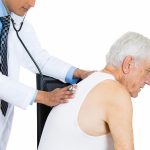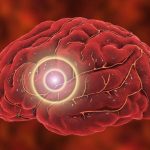
It’s an all-too-familiar scenario for many parents: Your preschooler starts to act up just as the phone rings or you start dinner. Maybe you hand over an iPad or smartphone to soothe the child so you can get down to business. And this probably does the trick. But if this is your go-to strategy, your child may be at risk for developing longer-term behavioral issues — especially boys and kids already hard-wired to be hyperactive or impulsive. “If a child is upset and has big emotions and you hand over a smartphone or tablet to distract them, it may keep the peace in the moment, but if this is the main way you soothe your child, it will be a setback in the long run,” said study author Dr. Jenny Radesky. She is a developmental behavioral pediatrician at the University of Michigan Health Children’s Hospital, in Ann Arbor. Instead, kids need to learn how to identify these emotions and develop self-soothing strategies, she said. “Kids who don’t build these skills in early childhood are more likely to struggle when stressed out in school or with peers as they get older,” Radesky added. For the study, the researchers looked at 422 kids and 422 parents, analyzing how often parents used screens to calm kids aged 3 to 5. Over a six-month period, the investigators charted kids’… read on > read on >


















